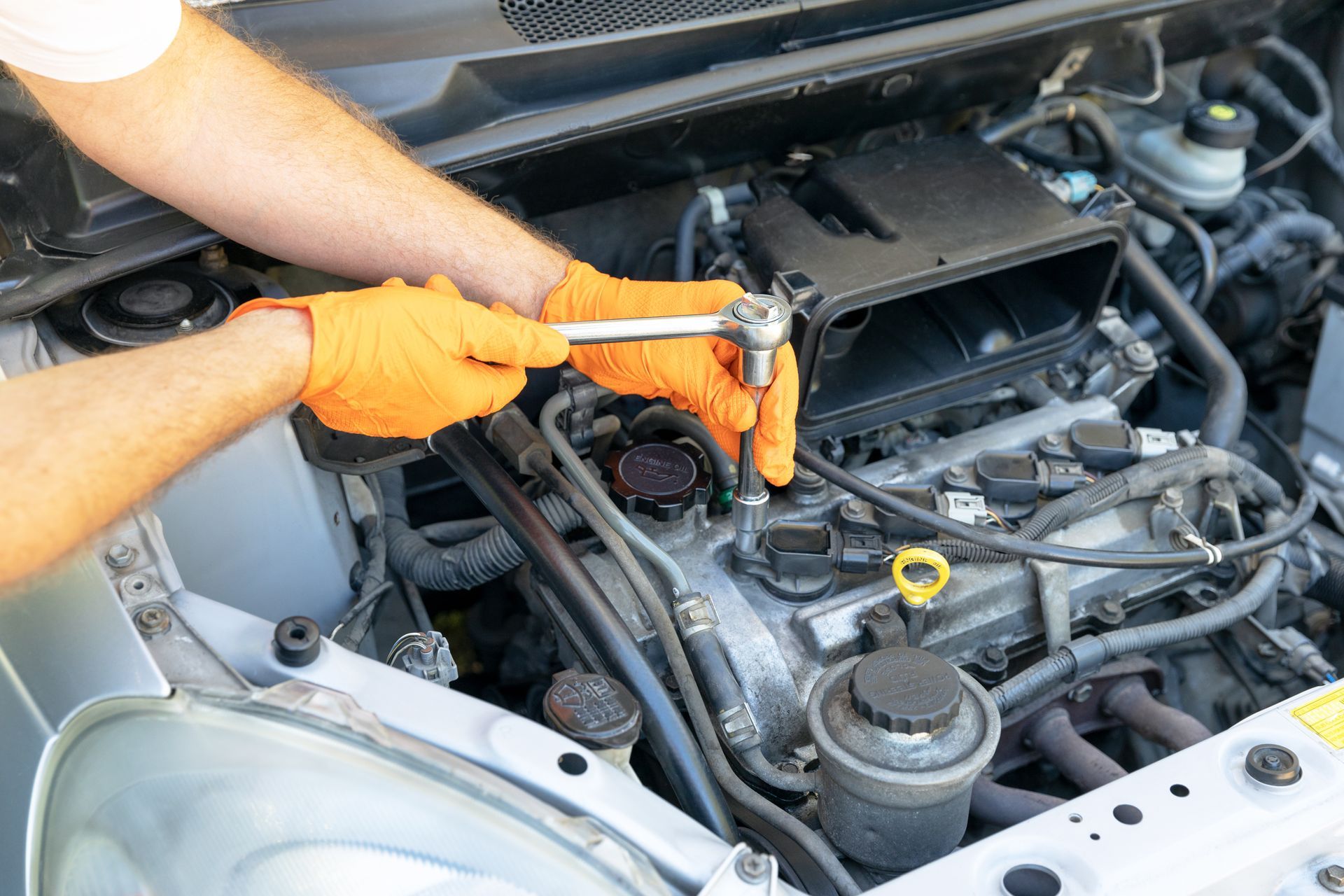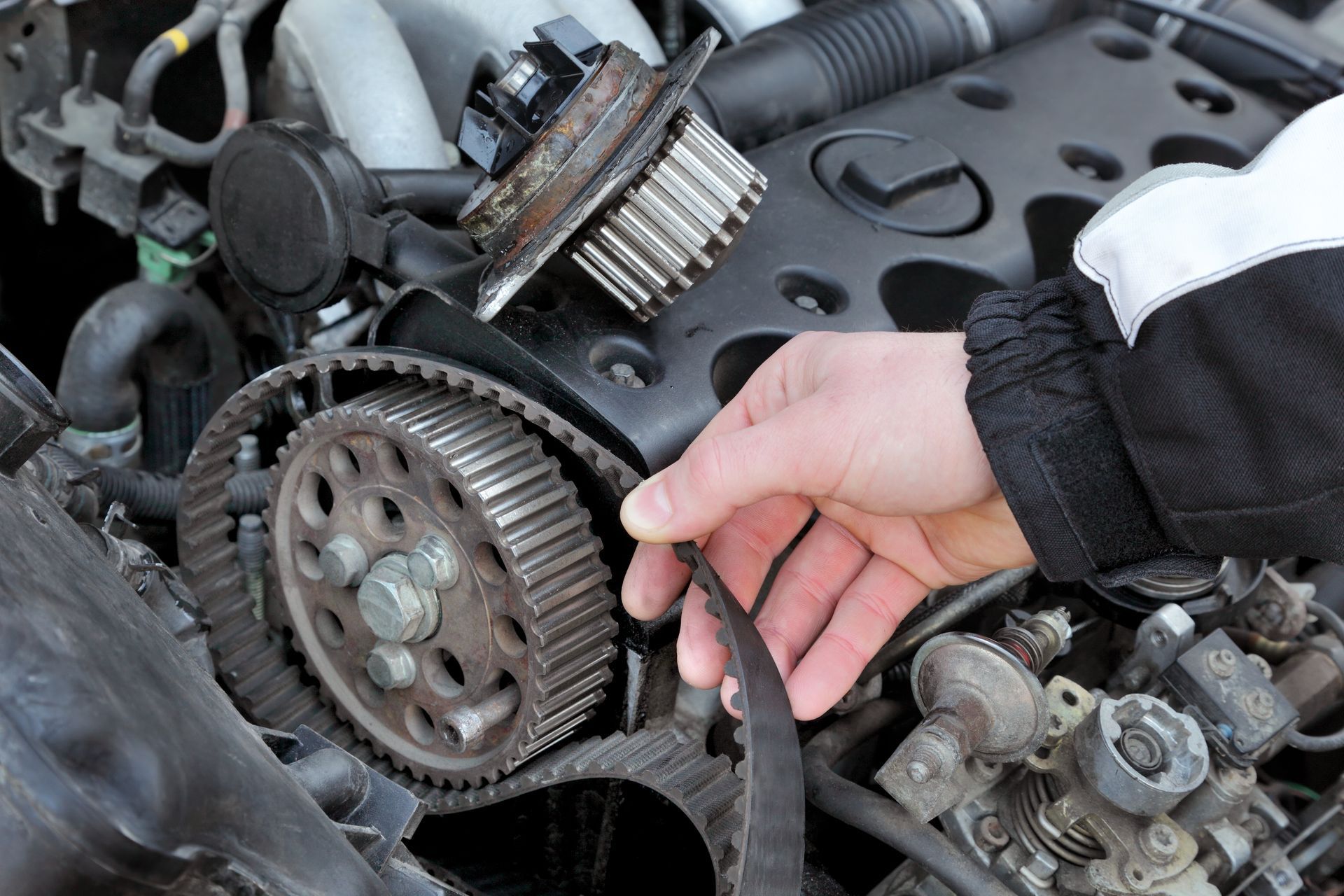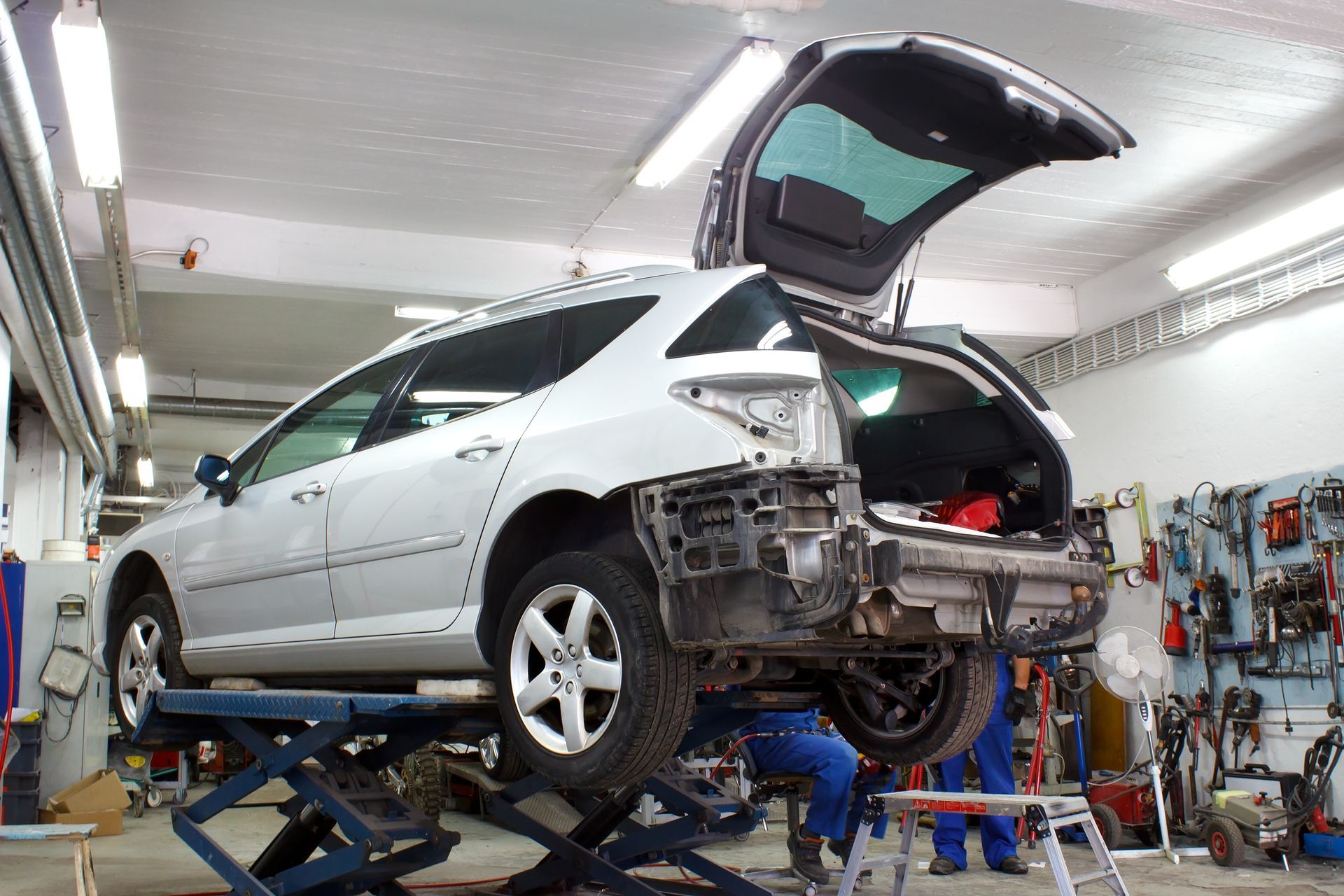You’re checking under the hood—maybe topping off fluids or just staying on top of routine maintenance—and you notice the coolant level looks lower than it did a few months ago. There’s no leak on the ground, no temperature spikes, and the dash isn’t throwing any warnings. So is it just part of regular wear, or is your car trying to tell you something’s off?
In some cases, a gradual drop is nothing to worry about, especially in older cars or those that run hot. But when the fluid keeps disappearing without an obvious reason, it might be time to look a little closer.
Small Level Drops Can Be Normal
Coolant systems are mostly closed and sealed, but not 100% airtight. Over time, especially in hot climates or during extreme temperature swings, it’s possible to lose a small amount of coolant to evaporation or overflow—particularly from the reservoir, which is vented.
This kind of loss tends to be very slow and only noticeable over the course of many months. If you’ve gone a year without topping off and see the reservoir slightly lower, that may not be cause for alarm—especially if your vehicle is older or driven hard.
Also, some cars may burn off a small amount of coolant during regular engine operation through microscopic seepage or venting under pressure.
What’s Not Normal
If you find yourself topping off the coolant every few weeks—or even every month—that’s a red flag. Coolant loss at that rate isn’t normal and usually signals a leak, pressure issue, or internal engine problem.
Many leaks are small enough that they don’t leave puddles. For example, a pinhole leak in a hose or hairline crack in the radiator can lose fluid slowly but steadily. And if the leak only happens when the engine is hot and under pressure, you might never see visible signs.
That’s why it’s important to monitor how often you’re refilling. A drop over a year? Maybe fine. A drop every few weeks? Time for an inspection.
Watch for These Signs of a Problem
Even if you don’t see coolant on the ground, there are other symptoms that can hint at something deeper:
- A sweet smell from the engine bay or inside the cabin
- White smoke from the exhaust, especially on cold starts
- Heater not blowing warm air when the engine is hot
- Overheating or temperature gauge fluctuations
- Dashboard warning lights like “check engine” or “low coolant”
These signs suggest more than just natural coolant loss. They could point to a leaky heater core, head gasket issue, or air pockets in the cooling system—all of which require immediate attention.
Air Pockets and Improper Bleeding
Sometimes, coolant levels drop after a repair or fluid top-off simply because the system wasn’t bled correctly. If air gets trapped in the system, it can displace coolant and lead to false low readings once the engine cools down.
When the engine runs, trapped air compresses and then escapes into the reservoir, making it seem like the fluid level dropped. This is why we take extra steps to bleed air properly during coolant service. If your levels dropped shortly after a recent repair, this could be the cause.
Age and Condition of the Cooling System
Older vehicles with aging radiators, gaskets, or plastic components are more likely to lose coolant slowly—even without an obvious failure. Heat cycles wear out seals over time, and plastic coolant tanks can develop microcracks that only leak under pressure.
If your car is more than 10 years old and is losing coolant slowly, it might just be time for a cooling system refresh—including hoses, clamps, thermostat, and a pressure-cap test.
Catching these aging components early is far less expensive than repairing a warped cylinder head or blown head gasket caused by overheating.
HC Auto and Body – Cooling System Care in Raleigh, NC
If you’ve been noticing your coolant level dropping over time—even without signs of a leak—it’s worth letting a professional take a closer look. At
HC Auto and Body in Raleigh, NC, we specialize in cooling system inspections, pressure testing, and leak detection to give you peace of mind and prevent future overheating issues.










